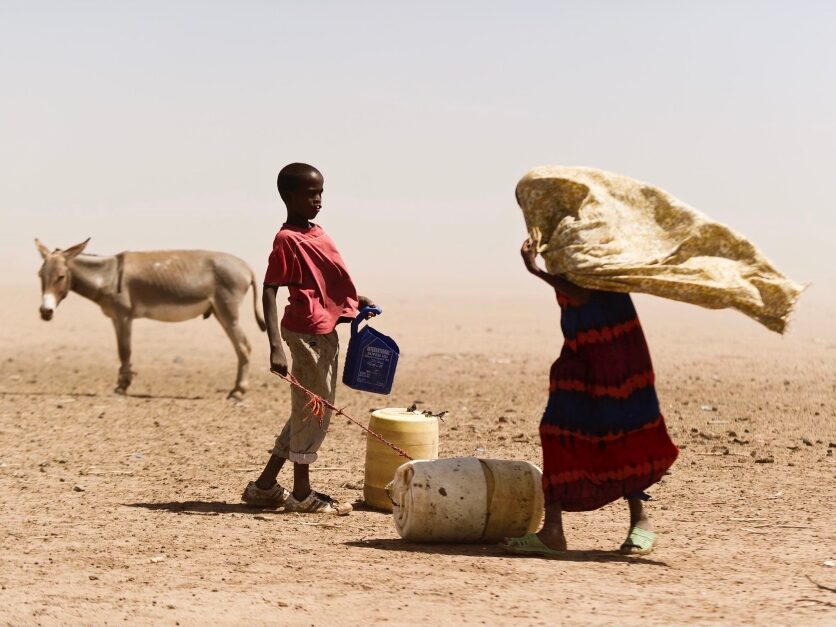Key Takeaways
- The U.S. Agency for International Development (USAID) will begin mass layoffs, impacting nearly all remaining staff as it transitions under State Department control.
- Hope remains for agricultural innovation programs through a proposal aiming to retain a minimal team focused on vital projects addressing global hunger.
- Confusion and uncertainty surround the transition, with unclear communication regarding staff roles and responsibilities moving forward.
Transitioning to State Department Control
The U.S. Agency for International Development (USAID) is set to begin a round of mass layoffs next week as part of a plan to merge with the State Department. This pivotal change arises from the Trump administration’s strategy to streamline U.S. humanitarian efforts. Reports indicate nearly all of USAID’s 900 employees will be terminated on either July 1 or September 2, particularly affecting those working on food security and agricultural innovation.
A senior USAID official outlines the desperate state of morale, describing the looming layoffs as a “Hail Mary” situation. Staff engaged in crucial areas such as pandemic prevention, crop improvement, and animal health have all received notifications of their end dates. The official noted that the transition to the State Department threatens to dismantle years of specialized expertise, warning, “There is not a single qualified person at the Department of State who understands the technical side of agriculture.”
Despite the impending layoffs, there is lingering hope for a last-ditch proposal aimed at preserving elements of agricultural innovation. A blueprint was submitted to keep a small team focused on high-impact projects aligned with U.S. trade objectives. This plan seeks to retain a select number of positions related to crop management and technology scaling, aiming to maintain partnerships with research centers and agricultural labs.
Compounding these issues is evident confusion within the agency and among external partners about the transition process. Staff reportedly received inconsistent information regarding their termination dates, leading to feelings of uncertainty regarding future roles. Many employees are left questioning the rationale behind differing end dates for various roles.
Even industry experts express concern over the interruption of work central to addressing long-term food security. Mark Manary of Washington University emphasized that while emergencies attract funding, long-term agricultural advancements don’t gain the same visibility or support from potential donors.
Added complexity arises from the State Department’s commitment to maintain some food aid; however, none of the agricultural innovation staff have been contracted to transition into the new structure, raising questions about efficiency.
Congress could allocate funds for agricultural innovation by the time of the fiscal 2026 appropriations, but timing is critical. Without swift action, the operational capabilities established by USAID may vanish before new funding can be accessed. “It’ll all be gone by the end of the month,” a senior official warned.
In summary, the transition to integrate USAID’s functions into the State Department reflects significant upheaval, with employees worried about job security and the future of critical agricultural initiatives. The fate of essential programs and partnerships now hangs in the balance, reliant on high-level support and clarity during this tumultuous period. Both agencies must navigate through this chaos to preserve foundations vital for global food security.
The content above is a summary. For more details, see the source article.















